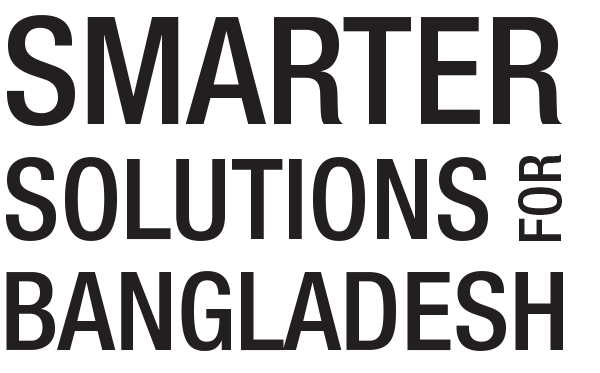Bangladesh Priorities: Solar Energy, Haque
Over recent years, a much-touted solution was delivered to 3 million rural Bangladeshi homes: solar lighting. A donor-funded program gave these families a Tk-2,000 subsidy to purchase solar units, with the bulk of the cost financed with micro-credit.
The program is seen as a remarkable development success: it has lighted millions of homes with clean energy, and at no cost to the national government. But is it truly the best strategy to light off-grid homes?
| Strategy | Takas of benefits per taka spent |
|---|---|
| Household solar to replace kerosene | 1.8 |
| Shared diesel to replace kerosene | 25 |
Over two decades, solar costs each household roughly Tk 67,000. Given usage of four hours per day, an hour of solar power costs 4.59 takas. Since solar power provides higher quality lighting, each taka spent does just under 2 takas of good.
Alternatively, five rural households could buy a diesel generator together—for about Tk 15,000—and split the costs to operate it. The total cost including fuel over 20 years is about Tk 134,000—or just 26,800 per household. Each hour of electricity, therefore, costs just 1.84 takas, and each home could be lighted for two additional hours each day thanks to the lower costs. And even though the generator emits CO2, the climate costs are rather small at Tk 190 annually.
It turns out that switching five households from kerosene lamps to a single diesel-powered generator would be 12 times more cost-effective than solar—each taka of spending would do an impressive 24 takas of good.
Given that diesel is five times cheaper, all the money spent on solar for 3 million households could have powered 16 million households with diesel. Smarter spending could have helped 13 million more Bangladeshi households get power cheaper. This shows why it’s crucial to study costs and benefits of alternative policies, rather than simply doing what seems most trendy at the moment

